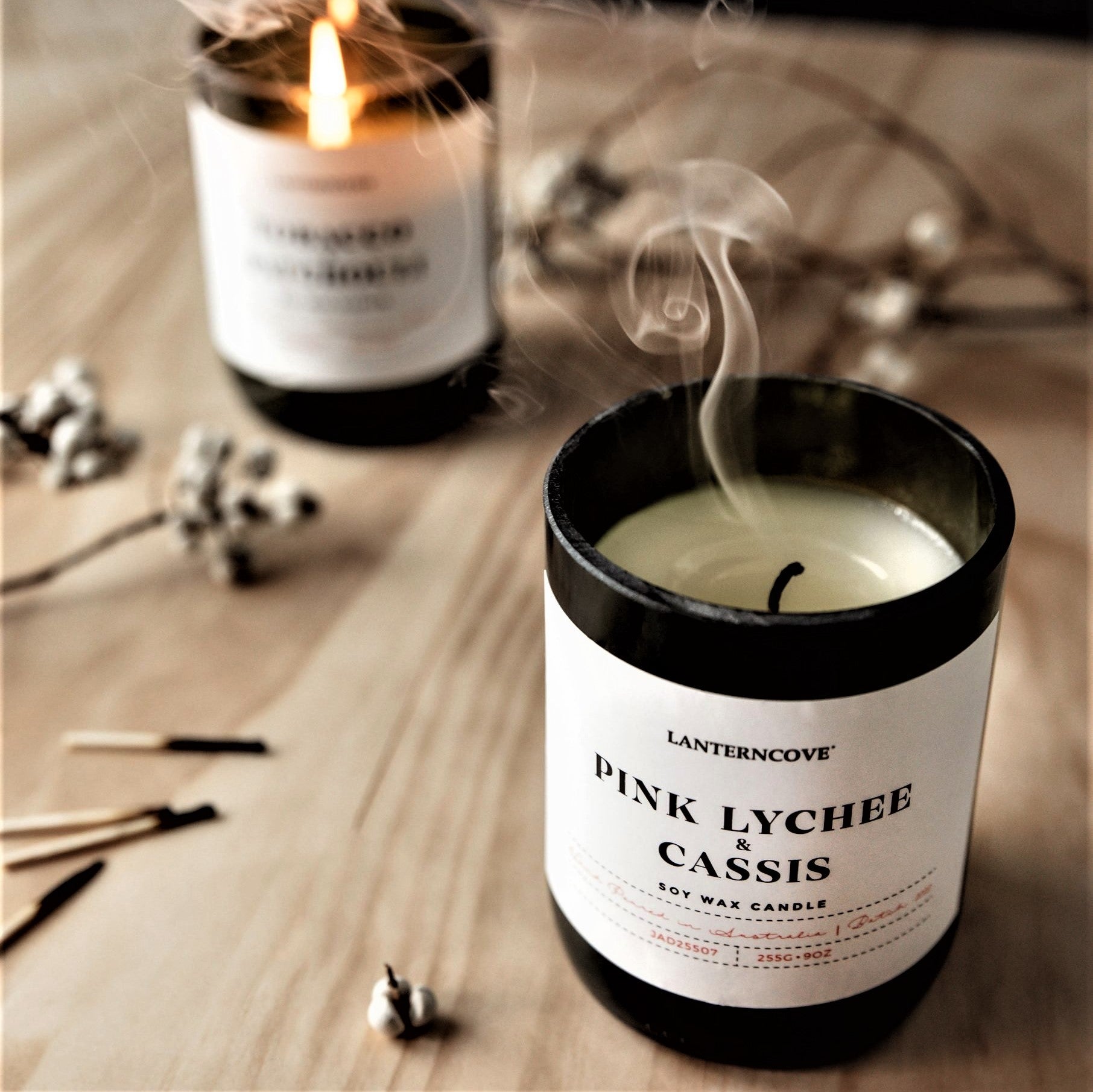Learn the Magic of Crystal Soy Candles and Home Fragrance
Learn the Magic of Crystal Soy Candles and Home Fragrance
Blog Article
From Wick to Wax: Comprehending the Chemistry Behind Soy Wax Candles and Their Environmental Effect
As we brighten our rooms with the warm glow of candle lights, there exists a realm of complex chemistry behind the seemingly straightforward act of lighting a soy wax candle light. Join us as we unravel the scientific details behind soy wax candles and discover their effects on our atmosphere.
Soy Wax Vs. Paraffin Wax
When comparing soy wax and paraffin wax for candle making, it is necessary to comprehend the distinct attributes and benefits of each product. Soy wax is an all-natural, sustainable source stemmed from soybean oil, making it environment-friendly and biodegradable - candles. In contrast, paraffin wax is a byproduct of petroleum refining, which elevates worries about its ecological influence and sustainability
Soy wax candles shed cleaner and give off less residue compared to paraffin wax candles, making them a much healthier choice for interior air quality. In addition, soy wax has a reduced melting point, permitting a longer-lasting candle light that distributes fragrance better. Paraffin wax, on the other hand, often tends to shed faster and less cleanly, possibly releasing dangerous chemicals right into the air.
From a sustainability viewpoint, soy wax is preferred for its biodegradability and eco-friendly sourcing, straightening with the expanding consumer choice for environmentally mindful products. While paraffin wax has been a conventional selection in candle making because of its price and ease of use, the change towards eco-friendly alternatives like soy wax is getting energy in the market.
Chemical Make-up of Soy Wax

Burning Refine in Soy Candles
The chemical composition of soy wax directly affects the combustion procedure in soy candles, influencing elements such as melt time, aroma release, and ecological impact. When a soy candle light is lit, the warmth from the flame thaws the wax near the wick.
The burning effectiveness of soy candle lights is influenced by the pureness of the soy wax like it and the high quality of the wick. Furthermore, soy wax candle lights have a lower ecological effect contrasted to paraffin candles due to their naturally degradable and eco-friendly nature.

Ecological Advantages of Soy Wax

Taken into consideration a sustainable alternative to standard paraffin wax, soy wax offers notable ecological advantages that make it a prominent selection amongst eco-conscious customers. One significant benefit of soy wax is its renewable sourcing. Soy wax is obtained from soybean oil, which is primarily cultivated in the USA. The cultivation of soybeans helps sustain neighborhood farmers and decreases the dependence on non-renewable nonrenewable fuel sources utilized in paraffin wax production. Additionally, soy wax is naturally degradable, implying it breaks down naturally without launching damaging toxins into the environment. This characteristic makes soy wax candle lights a much more eco friendly alternative compared to paraffin wax candle lights, which are made from petroleum, a non-renewable source. Soy wax burns cleaner and produces less residue than paraffin wax, contributing to much better interior air quality and reducing the demand for cleaning and upkeep. In general, the environmental benefits of soy wax align with the expanding demand for lasting and eco-friendly products out there.
Recycling and Disposal Factors To Consider
Reusing and correct disposal of soy wax candles play a crucial function in preserving environmental sustainability and minimizing waste in houses and areas. When it comes to recycling soy wax candles, the first action is to guarantee that the candle light has shed completely.

In regards to disposal, if recycling is not a choice, soy wax candle lights are eco-friendly and can be safely taken care of in the majority of home waste systems. Nevertheless, it is official statement constantly advised to contact regional reusing facilities or waste monitoring solutions for certain standards on candle light disposal to make sure correct handling and ecological protection.
Final Thought
Finally, the chemistry behind soy wax candle lights reveals their ecological benefits over paraffin wax candle lights. Soy wax, obtained from soybean oil, burns cleaner and generates much less soot when compared to paraffin wax. The burning procedure in soy candles is much more effective, bring about a longer and extra also shed. Furthermore, soy wax is eco-friendly and renewable, making it a more sustainable selection for candle light production. Reusing and proper disposal of soy wax candles even more add to their ecological impact.
When contrasting soy wax and paraffin wax for candle light production, it is important to understand the distinct features and advantages of each product (candles).Soy wax candles melt cleaner and produce less soot compared to paraffin wax candle lights, making them a healthier choice for interior air high quality.Considered a lasting choice to typical paraffin wax, soy wax provides noteworthy environmental benefits that make it a preferred selection among eco-conscious customers. Soy wax burns cleaner and generates much less residue than paraffin wax, adding to far better interior air quality and lowering the requirement for cleansing and upkeep.In verdict, the chemistry behind soy wax candles exposes their environmental advantages over paraffin wax candles
Report this page